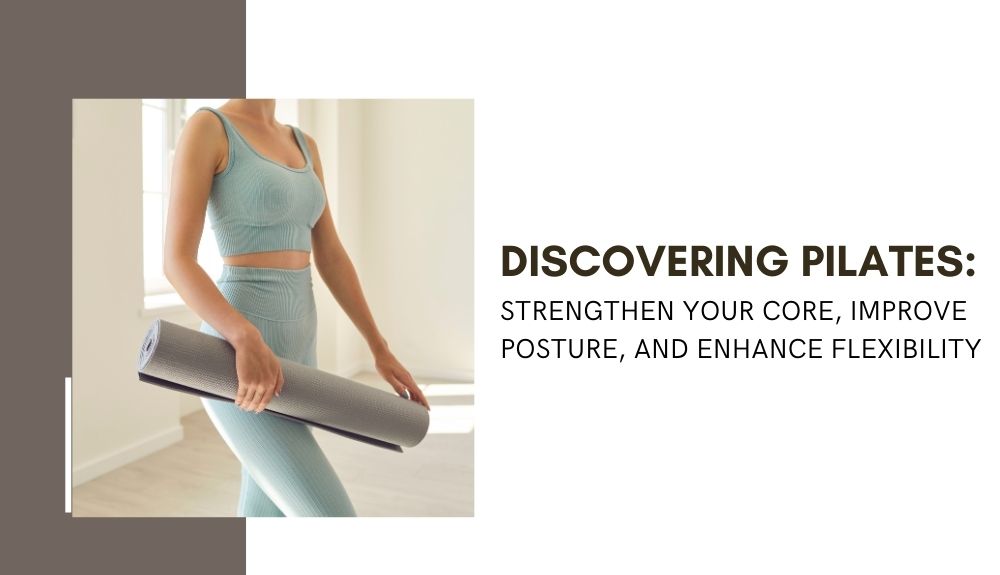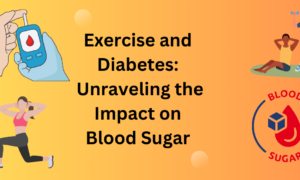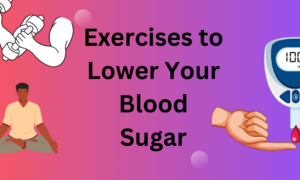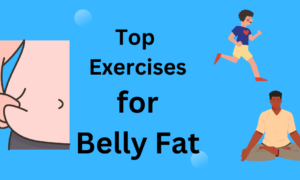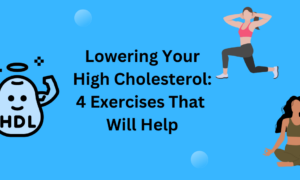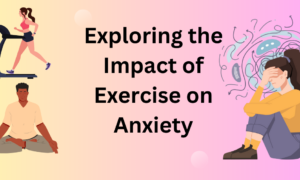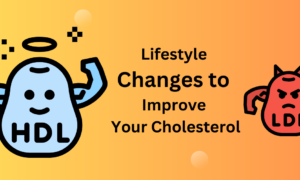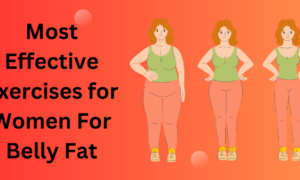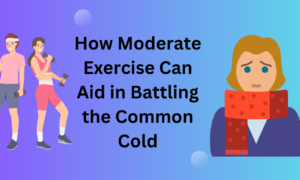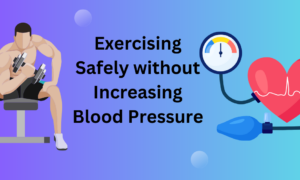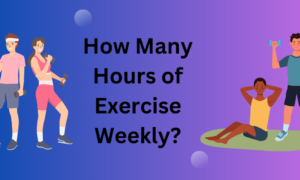Welcome to the world of Pilates – a dynamic and transformative exercise practice that goes beyond just physical fitness. Whether you’re looking to strengthen your core, improve your posture, or enhance your flexibility, Pilates offers a holistic approach to wellness for both the body and mind. Join us on this journey as we delve into the history, benefits, techniques, and myths surrounding Pilates. Get ready to discover how incorporating this versatile workout into your routine can help you achieve a balanced and healthier lifestyle!
What is Pilates?
Pilates is a form of exercise that focuses on strengthening the core muscles, improving flexibility, and enhancing overall body awareness. Developed by Joseph Pilates in the early 20th century, this practice combines elements of yoga, ballet, and calisthenics to create a full-body workout experience.
At its core, Pilates emphasizes controlled movements, proper alignment, and mindful breathing techniques to engage both the body and mind. By targeting deep stabilizing muscles, it helps improve posture and balance while reducing the risk of injuries.
One key aspect of Pilates is its adaptability – making it suitable for individuals of all fitness levels. Whether you’re a beginner or an experienced athlete, Pilates can be tailored to meet your specific needs and goals.
Pilates offers a unique blend of strength training and mindfulness that can lead to improved physical health and mental well-being.
The History of Pilates
Originating in the early 20th century, Pilates was founded by Joseph Pilates, a German physical trainer. His method initially called “Contrology” aimed to improve physical strength and flexibility. Born with health complications himself, he dedicated his life to finding ways to enhance well-being.
Pilates developed his exercises during his time as a nurse in internment camps during World War I. He crafted methods using springs attached to hospital beds for resistance training that would later evolve into the equipment used today.
In the 1920s, Pilates moved to New York City where he opened a studio attracting dancers and athletes seeking injury rehabilitation and body conditioning. Over time, his techniques gained popularity worldwide for their ability to strengthen core muscles, improve posture, and promote overall wellness.
Today, Pilates remains a widely practiced form of exercise appreciated for its holistic approach to fitness and mind-body connection.
The Benefits of Pilates for the Body and Mind

Pilates offers a multitude of benefits for both the body and mind. From improving core strength to enhancing flexibility, this holistic workout method brings about a range of positive effects.
One significant advantage is the improvement in posture that Pilates promotes. By strengthening the muscles responsible for maintaining proper alignment, practitioners often experience better posture not just during workouts but in their daily lives as well.
Additionally, Pilates helps increase overall body awareness, allowing individuals to tune into their movements and make necessary adjustments to prevent injury or strain. This heightened mindfulness can carry over into other aspects of life, fostering a deeper connection between mind and body.
Furthermore, practicing Pilates can lead to increased flexibility and muscle tone. The controlled movements work various muscle groups simultaneously, resulting in improved coordination and balance.
Incorporating Pilates into your fitness routine can have profound positive impacts on your physical health and mental well-being alike.
Basic Principles and Techniques of Pilates
Pilates is all about controlled movements and fluidity. The basic principles focus on alignment, breathing, concentration, control, precision, and flow. Alignment ensures proper positioning to avoid strain on muscles and joints. Breathing plays a crucial role in Pilates by enhancing oxygen flow and helping engage the core muscles effectively.
Concentration is key during Pilates sessions as it allows you to connect your mind with your body for better results. Control emphasizes the quality of each movement rather than quantity. Precision involves performing exercises accurately to target specific muscle groups.
Flow refers to the seamless transition between movements for a harmonious workout experience. Techniques like pelvic tilts, spine articulation, leg circles, and shoulder bridges are commonly used in Pilates routines to strengthen the core muscles while improving flexibility and posture dynamically.
Equipment Used in Pilates Workouts
When it comes to Pilates workouts, the equipment used plays a crucial role in enhancing your practice. One of the most iconic pieces of Pilates equipment is the reformer, which consists of a sliding carriage, springs, and handles for resistance training. This versatile machine allows for a wide range of exercises targeting different muscle groups.
Another common piece of equipment is the Pilates chair, also known as the Wunda chair. This compact apparatus provides an effective way to work on strength, balance, and stability through controlled movements. The stability ball is another popular tool in Pilates that helps improve core strength and balance by engaging stabilizing muscles.
For those looking to add variety to their routine, props like resistance bands, magic circles, and foam rollers can be incorporated into Pilates sessions for added challenge and versatility. Whether you prefer using traditional equipment or experimenting with props, incorporating different tools can help elevate your Pilates practice to new heights.
Common Myths About Pilates
You may have heard some misconceptions about Pilates that could be holding you back from giving it a try. One common myth is that Pilates is only for women or dancers, but in reality, people of all ages and fitness levels can benefit from this exercise method.
Another myth is that Pilates is just stretching and doesn’t provide a good workout. However, Pilates actually focuses on strengthening the core muscles, improving posture, and enhancing flexibility through controlled movements.
Some believe that you need to be flexible to do Pilates, but the practice itself helps increase flexibility over time. It’s not about being perfect from the start; it’s about progress and consistency.
There’s also a misconception that you need special equipment for Pilates workouts. While equipment like reformers can enhance your practice, many exercises can be done using just your body weight or simple props like resistance bands.
Dispelling these myths can help you see that Pilates is a versatile workout method with benefits for everyone willing to give it a chance.
Incorporating Pilates into Your Fitness Routine
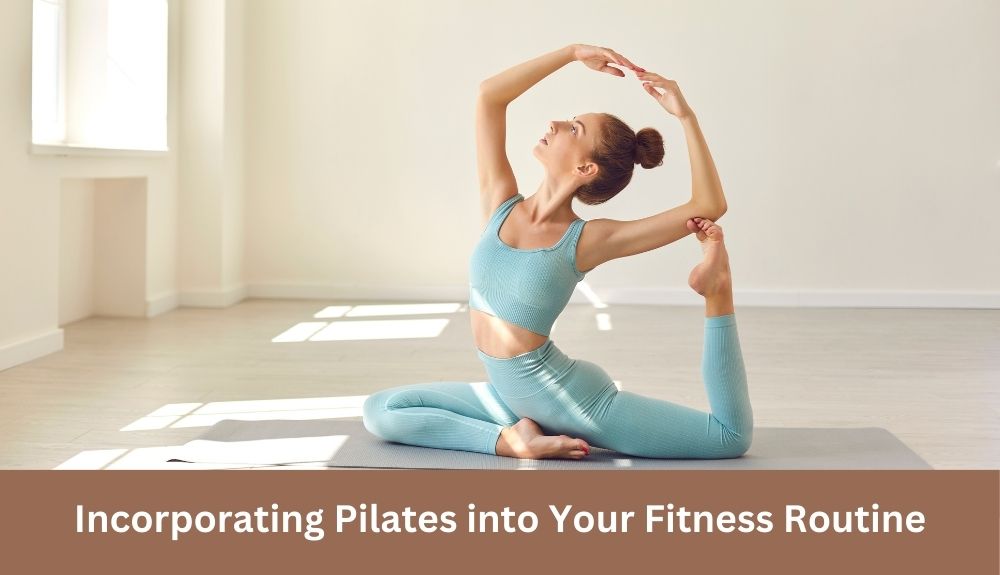
Are you looking to add a new dimension to your fitness routine? Incorporating Pilates can be the perfect way to enhance your overall strength, flexibility, and posture.
Whether you’re a beginner or an experienced fitness enthusiast, Pilates offers a wide range of exercises that can be tailored to suit your individual needs. From gentle movements focusing on core engagement to more challenging workouts targeting specific muscle groups, there’s something for everyone in the world of Pilates.
One of the great things about Pilates is its versatility – it can be practiced virtually anywhere, from the comfort of your own home to a dedicated studio. With minimal equipment required, all you need is a mat and perhaps some resistance bands or small weights to get started.
By incorporating Pilates into your fitness routine regularly, you’ll not only see physical benefits such as improved strength and flexibility but also experience mental clarity and increased body awareness. So why not give it a try and see how Pilates can take your fitness journey to the next level!
Precautions for Practicing Pilates
When starting Pilates, it’s essential to listen to your body. Respect its limits and progress gradually. Avoid pushing yourself too hard, as this can lead to injuries. Remember that quality is more important than quantity in Pilates movements.
Consult with a certified Pilates instructor before beginning your practice, especially if you have any pre-existing health conditions or injuries. They can provide modifications tailored to your specific needs and ensure you are performing the exercises correctly.
Proper breathing is key in Pilates. Focus on coordinating your breath with each movement to enhance the effectiveness of the exercises and prevent unnecessary strain on your body.
Stay hydrated before, during, and after your Pilates session to support muscle function and aid in recovery. Additionally, dress comfortably in breathable clothing that allows for ease of movement.
Be patient with yourself as you learn new techniques and build strength. Consistency is key in seeing progress over time – enjoy the journey!
Conclusion
Pilates offers a holistic approach to fitness, focusing on building strength, improving posture, and enhancing flexibility. By incorporating Pilates into your workout routine, you can experience numerous benefits for both your body and mind. From toning your muscles to reducing stress levels, Pilates has something to offer everyone.
So why should you give Pilates a try? Because it’s not just about physical exercise; it’s about creating balance between the body and mind. With its emphasis on control, precision, and concentration, Pilates can help you develop a deeper connection with your body while achieving tangible results in terms of strength and flexibility.
Whether you’re a beginner or an experienced athlete looking to mix up your routine, Pilates can provide a challenging yet rewarding workout that leaves you feeling energized and rejuvenated. So roll out that mat, focus on your breath, engage those core muscles – and discover the transformative power of Pilates for yourself.

